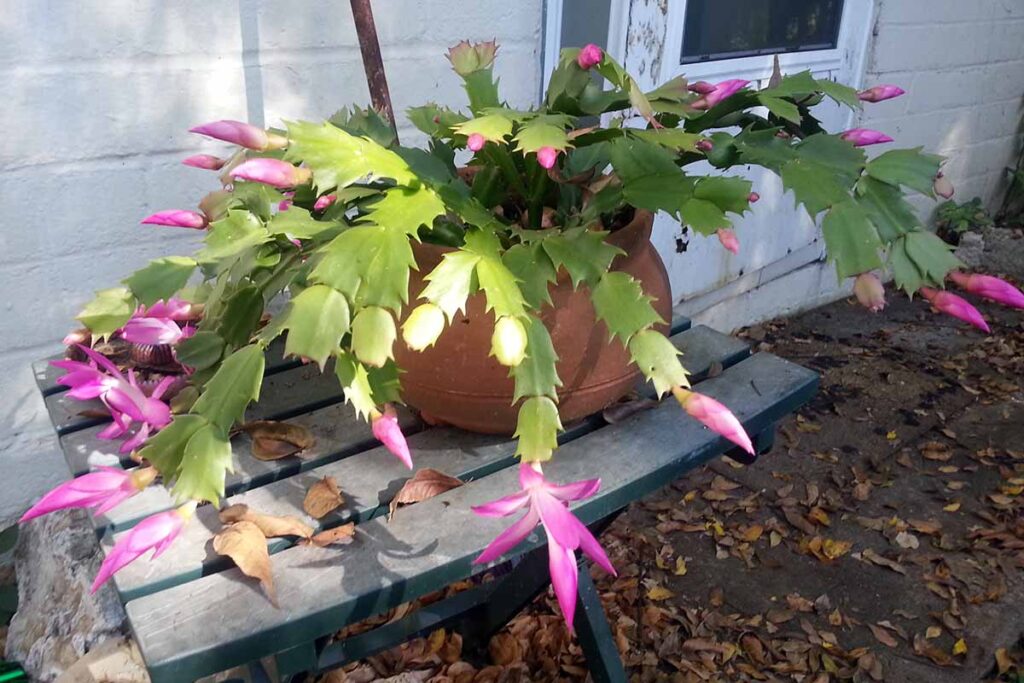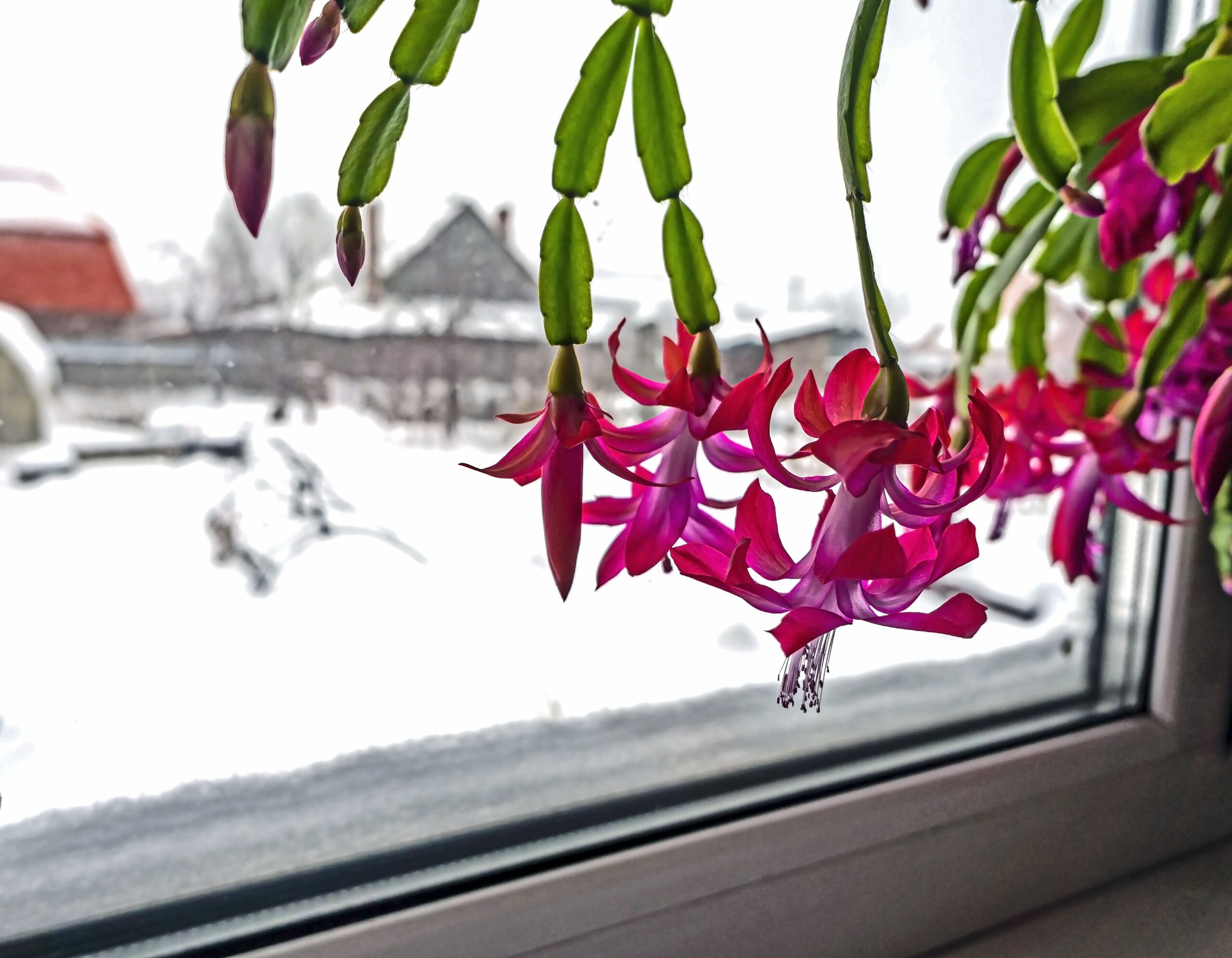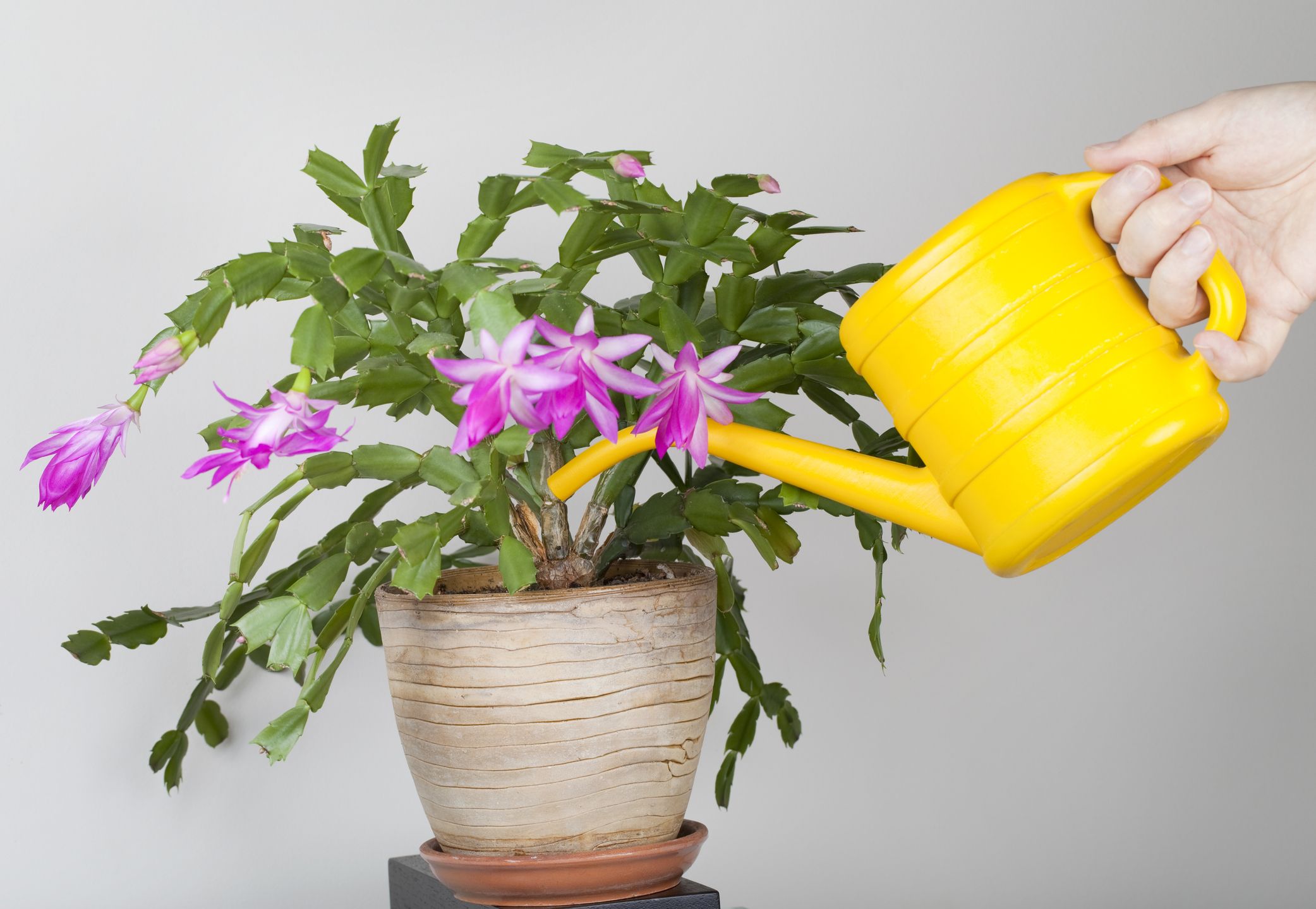Contents
Can You Grow the Christmas Cactus Outdoors?
The Christmas cactus is a popular houseplant known for its beautiful, vibrant blooms that typically appear around the holiday season. While it thrives indoors, many plant enthusiasts wonder if it can also flourish as an outdoor plant. The answer is yes, but with certain considerations to ensure its health and longevity.

Climate Considerations
The first thing to consider when growing a Christmas cactus outdoors is the climate. These plants are native to the tropical rainforests of Brazil, where they naturally grow in humid, shaded environments. Therefore, they are not frost-tolerant and thrive best in USDA hardiness zones 10-12. If you live in a region with mild, frost-free winters, your Christmas cactus can enjoy the great outdoors year-round.
For those in cooler climates, you can still move your Christmas cactus outside during the warmer months. Ensure you bring it back indoors before the first frost to avoid damage.
Light and Location
Christmas cacti prefer bright, indirect light similar to their natural habitat under the forest canopy. When placing your plant outdoors, choose a spot that receives filtered sunlight, such as under a tree or on a shaded patio. Avoid direct sun, especially during the harshest parts of the day, as too much sunlight can scorch the leaves.
Temperature and Humidity
Ideal temperatures for Christmas cacti range between 60-70°F (15-21°C) during the day and slightly cooler at night. These plants also appreciate higher humidity levels. If you live in a dry area, consider placing a humidity tray near the plant or misting it regularly to mimic its native environment.
Soil and Watering
Proper soil and watering are crucial for a thriving Christmas cactus. Use a well-draining soil mix designed for succulents or add perlite to standard potting soil to enhance drainage. Water your cactus thoroughly but allow the soil to dry out slightly between waterings. Overwatering can lead to root rot, especially when grown outdoors where rainfall may be inconsistent.
Feeding and Fertilization
Feed your Christmas cactus with a balanced, water-soluble fertilizer every month during the growing season (spring and summer). Reduce feeding in fall and winter when the plant is preparing to bloom and requires less nutrition.
Protection from Pests
While generally resilient, Christmas cacti can fall prey to pests like aphids, spider mites, and mealybugs when grown outdoors. Regularly inspect your plant and treat any infestations promptly with insecticidal soap or neem oil.
Bloom Cycle and Care
To encourage blooming, Christmas cacti require a period of darkness and cooler temperatures in the fall, mimicking their natural environment’s light and temperature changes. If you’re transitioning your plant from outdoors to indoors, ensure it gets 12-14 hours of darkness each day for about six weeks before the holiday season.
Conclusion
Growing a Christmas cactus outdoors can be a rewarding experience, provided you give it the right care and attention. By taking climate, light, temperature, and watering needs into account, you can enjoy this festive plant’s beautiful blooms both inside and out. Remember, the key is to replicate its natural tropical habitat as closely as possible, and you’ll be well on your way to a flourishing Christmas cactus.

